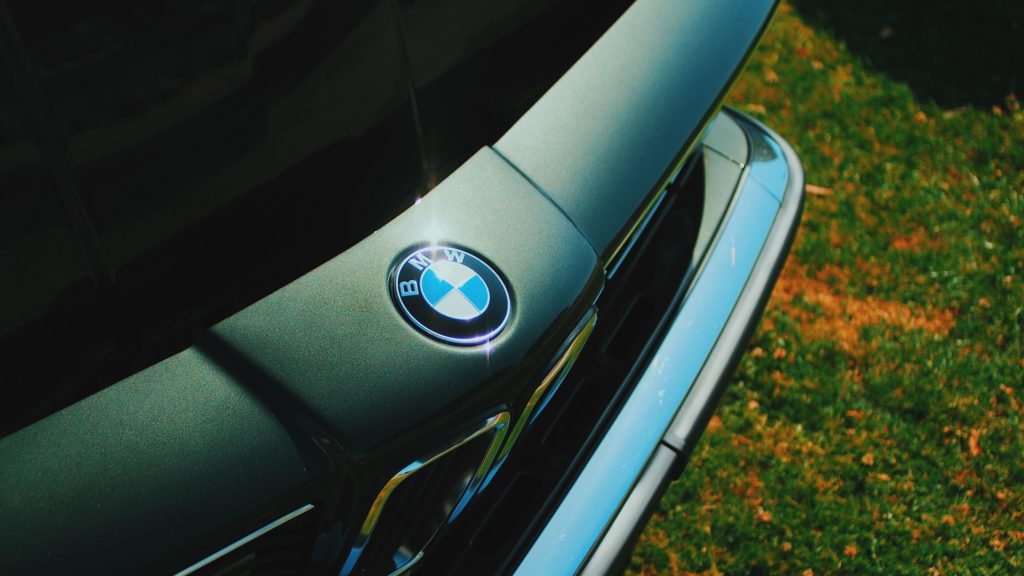The Internet is a strange place. However, the purpose of this article isn’t to explain modern meme culture—the author is now too old to fully understand it—but if you’ve spent enough time in the social-media fens during the past year or so, you might have noticed a bizarre new trend: repairing things with ramen noodles.
First, it was wood furniture. The concept itself is easy enough to understand: fill a hole or damaged area with a mixture of ramen noodles and superglue. Allow to cure, level, sand smooth, paint, and match the finish. Okay, wood: porous, pulpy, somewhat analagous to pasta. I get it.
But then we started seeing people trying to fix porcelain objects like sinks and toilets using the same method, and the subsequent evolution (devolution?) after that was to apply it to fruit—more specifically watermelon.
Fruit?! If you’re fixing fruit with ramen, could cars be far behind?
Sure enough, before long the trend spread to the automotive community. One YouTuber carried out a full experiment on his own vehicle, the process and results of which you can watch here. If you’re following along, you’ve probably realized that people are using ramen noodles as an alternative to Bondo. Anyone who’s ever performed rust repair on an old car or done their own shade-tree bodywork knows about body fillers, and how the results can be pretty decent—if you know what you’re doing—or truly awful if you don’t. (Hint: Do not let body filler harden to concrete before rasping and shaping. Trust me on this.)
And if ramen noodles can be used in a pinch, what else do we have lying around?
As you know, BMW has a nearly unrivaled presence on social media that goes far beyond the official corporate accounts, with enthusiasts posting more BMW-related photos every day than the automaker could ever re-share. It was no surprise, then, when a video surfaced of someone repairing a damaged BMW roundel using what looks to be papier mâché.
This is by no means the first emblem repair we’ve seen using what we’ll refer to as “alternative” materials. Someone did it with a Mercedes-Benz star last year (albeit one without Distronic), but it should be noted that the results of these “repairs” are often questionable. The videos are edited in such a way that the different sequences of the process are sped up and flash before your eyes. The finished product is shown for a mere moment before the next video on the endless conveyor belt of content is already playing.
Let us pause to note that many items we see shared from large pages on Instagram—social media in general, for that matter—did not originate with that page. Much of it is effectively plagiarized when it is copied or recorded from the original post, and then shared dozens, hundreds, or even thousands of times across various social-media platforms like Instagram, TikTok, Facebook, and Twitter. By the time many of us see a video like the ramen-noodle repairs discussed here, odds are that it’s been reproduced without permission, and you’ll be hard-pressed to figure out where it originated.
The BMW roundel example above is suspect for a number of reasons. First, the video appears to have been mirrored before it was re-posted, a tactic used so that copyright-enforcement searches have a harder time finding stolen content. Perhaps more important, however, is that if you watch closely, at the end you might notice that a new roundel seems to have been swapped out for the damaged one, although it is presented—rather misleadingly—as the repaired example. Look a little closer and you can see some damage in the paint around where the roundel mounts, which means that at some point the emblem was removed.
Why go through the trouble of repairing something that can be replaced easily and inexpensively? Why bother making a video about a repair that probably wouldn’t make it through the first rainstorm or car wash? Why have over 4,000 people (as of this writing) liked what is clearly a doctored video of a repair that no one is likely practically or seriously to attempt?
If you know the answers to these questions, feel free to enlighten me.
A brand-new Genuine BMW roundel for an E90 3 Series (and associated models, part number 51148132375) costs $39 from a BMW CCA advertiser and should take just a few minutes to install, once you’ve watched a few demonstration videos. The time spent whipping up a batch of ramen noodles or papier mâché for what will almost surely be a subpar repair makes almost no sense when you consider the alternative, yet here we are—and every day it seems that more objects from melons to BMWs are being repaired or fixed in a way that no one in his or her right mind would employ.
Some view these bizarre exercises as further evidence of the throwaway, substanceless nature of social media in general, and the condition of our society as a whole. But it’s a lot more fundamental in the automotive world: Next time you’re looking at a used car, measuring the paint depth and knocking on the panels to listen for filler, be wary of Bondo… or papier mâché… or ramen. The vehicle might just be held together by noodles.—Alex Tock
[Photos courtesy Alex Tock, BMW AG.]
